Recently our faculty hosted an Advisory Council meeting with members of the various industries for which we train our students. Industry partners who attended were from print and web media, design and advertising, and the packaging and printing industries. It was an enlightening experience. I was encouraged to hear all around the table that our industry partners, when planning to hire a recently graduated graphic designer, looked for one particular skill: the ability to draw. Imagine that.
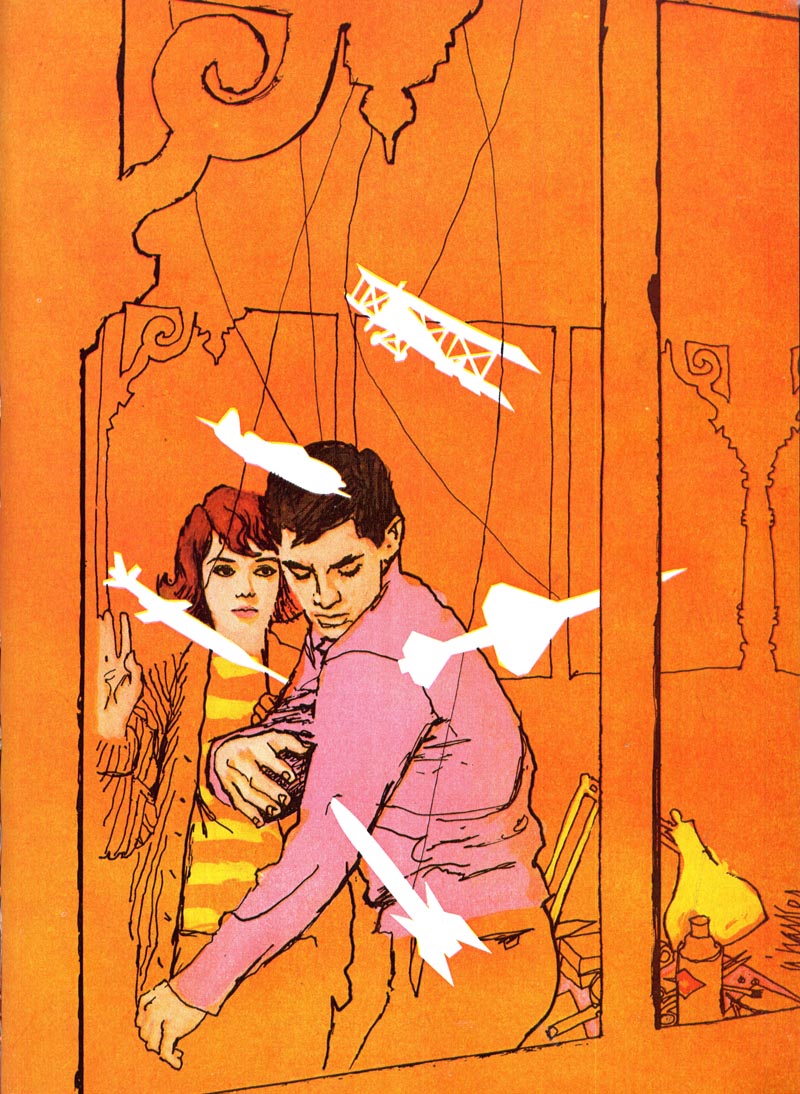
Designers who draw... its not a new concept. While researching my recent posts on Ben Shahn, and how he influenced mid-century illustration by incorporating elements of graphic design into his work, I stumbled across a very interesting post at the Design Observer blog. Written by Adrian Shaughnessy in 2006 and entitled "Graphic Design vs. Illustration," it raises some thought-provoking points that are just as relevant today as they have been for some years now. I strongly encourage you to read that post and all the comments that follow it. What I took away from that discussion can be summed up by my friend Von Glitchka, who commented on Adrian Shaughnessy's article, and with whom I corresponded in preparation for this post.
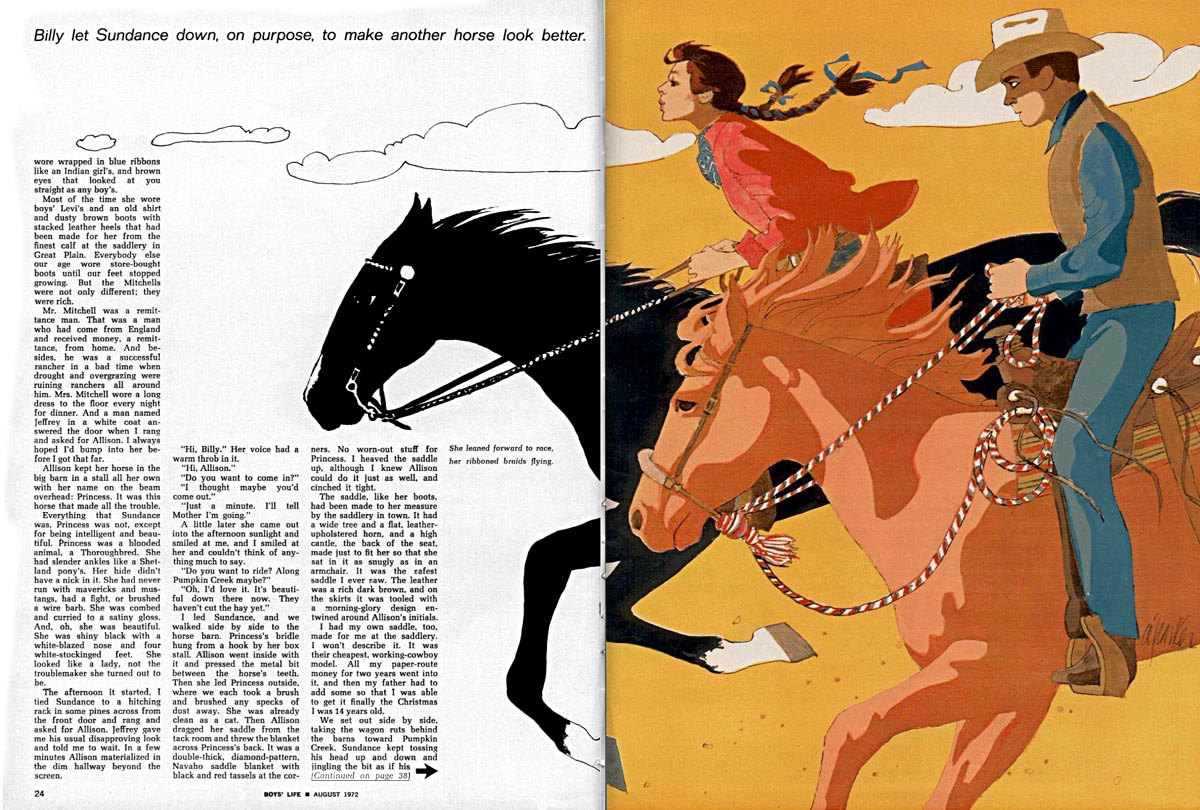
In our correspondence, Von wrote, "I'm of the opinion that the fundamental problem with the illustration community is it seems to not be willing to admit it falls under the larger banner of "Graphic Design." There are many designers who are also good illustrators and leverage both to make a living. I fall into that camp. But I have a lot of purely illustrator friends who get stuck in a 20 year old mentality when it comes to illustration, of which "One style fits all" is the chief one. That applied in the past decades but is simply outmoded in today's marketplace. Don't get me wrong I love working in a few signature styles I have but if I held to them alone, making a living would be very, very difficult. And when illustration in it's purest sense is not knocking on the door, I do design oriented work."
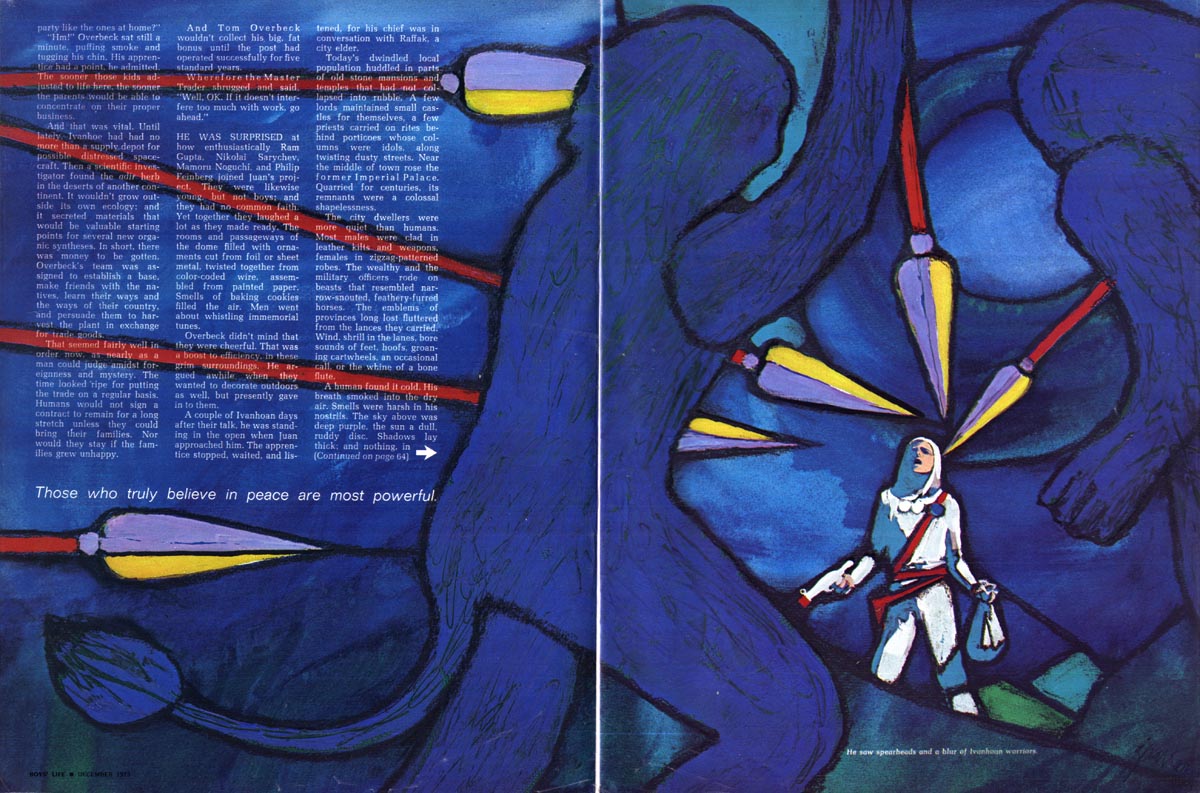
So is the era of the 'pure illustrator' over? Hardly.
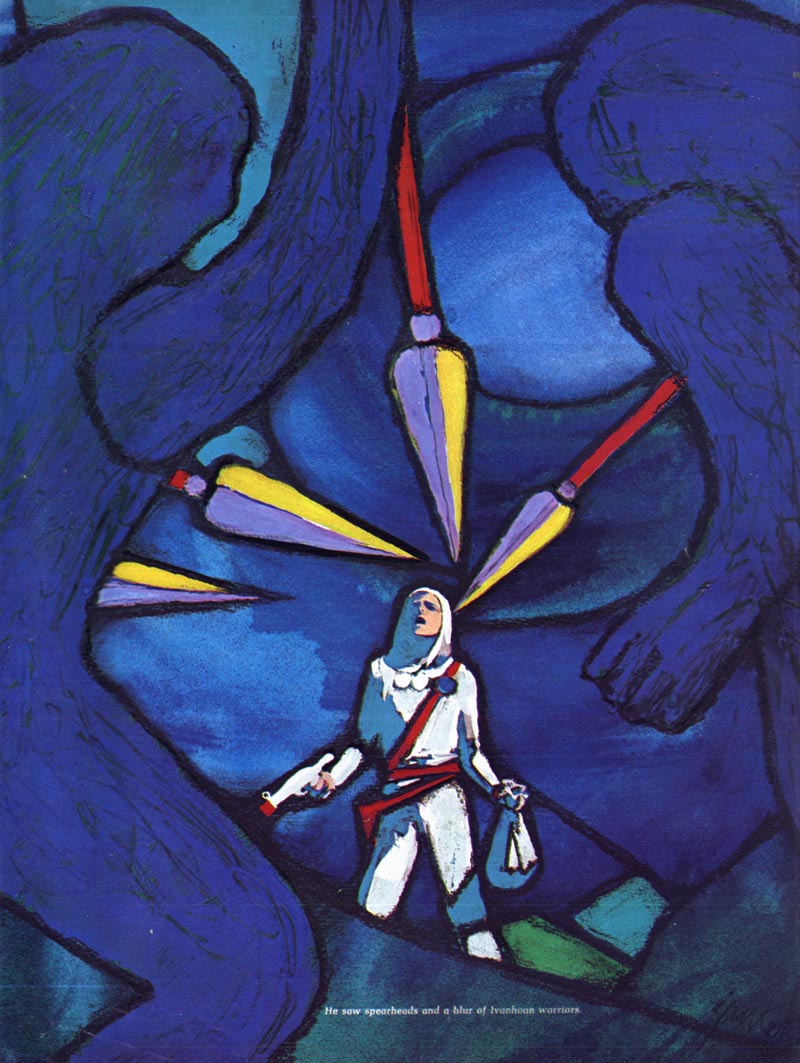
There's probably more opportunity to illustrate today than at any other time in history... just not so much in the public eye. Most 'pure illustrators' today work behind the scenes, creating concept art in support of larger project like movies, animation, video games etc. rather than having their work incorporated into magazine and newspaper articles and print advertising campaigns. That's not to say there aren't still many illustrators doing artwork that gets seen by the public. But, for the vast majority of them, its just not as prominent or lucrative a career as it had been during most of the last century. In fact, the circumstances under which many illustrators find themselves working today can be downright demoralizing, as described in this jaw-dropping anecdote recounted on drawger.com by legendary illustrator Bill Mayer.
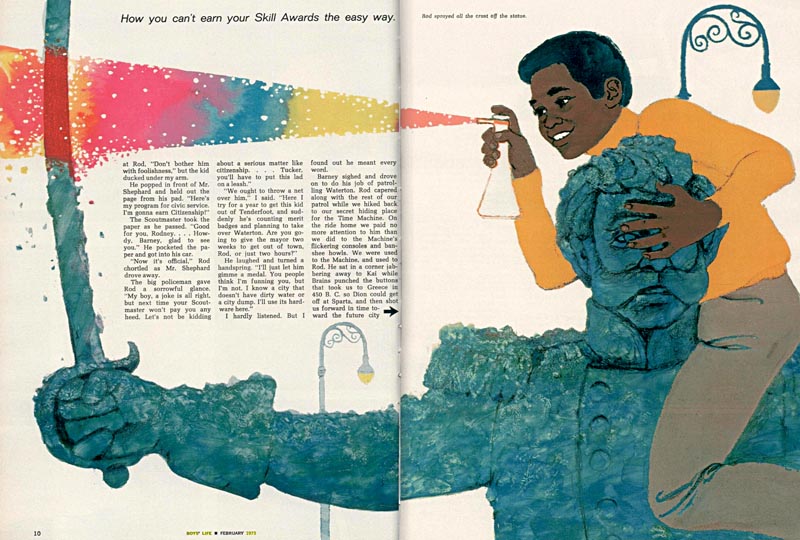
Gary Taxalli, in a comment on that Bill Mayer post, writes, "We're all feeling the decline of print commissions within the industry. There is little control we have beyond continuing to produce the best work we can and maintain professionalism. As a result of this, we achieve something that is far above and beyond more important than anything else, and that is self respect and peer respect. Without that, we have nothing. All the medals and sexy, cool jobs we have under our belts are meaningless if our peers think of us someone who would work for low fees."
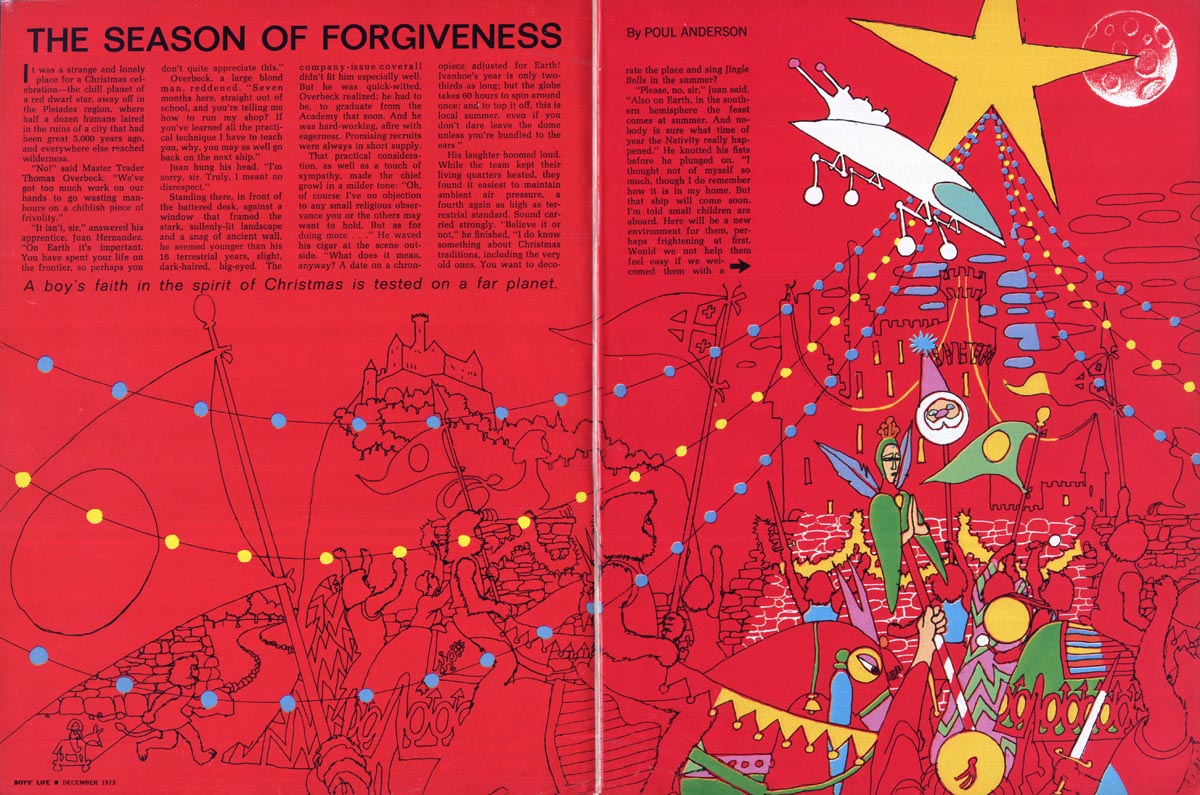
For illustrators who find themselves without work and/or poorly paid for their work, and unwilling or unable to become part of the concept art industry, what's the solution? I return to Von Glitchka's note and the many pearls of wisdom it contains. Von wrote:
"Many designers (young AD and CD's specifically) simply don't know how to work with illustrators because illustrators in many respects don't do a good job of marketing themselves or explaining how to make the process easy for a designer. This is why you're seeing a lot of creatives approaching illustratives needs on their own, one reason why the naive style is so popular right now. Starbucks on a corporate level encourages their designers to do this, and it's established now as part of their brand equity. Some naive is good, other naive even within Starbucks product line is just bad illustration with a thin veneer of class."
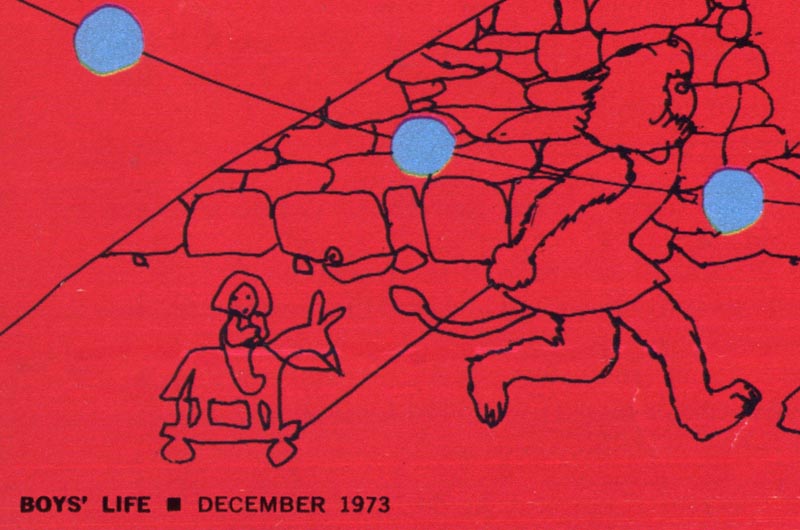
"To answer your statement about dying out directly: The vast majority of designers can draw worth crap. But since they are creative, and like to create, most will try to do what they need - and this is possible with some but not most. I see the problem as illustrators not communicating and accepting their place within the industry well as the source for that type of gloomy outlook. There is more opportunity now as an illustrator to do all kinds of things than there ever has been in the history of our industry. They just need to leave behind the old school modus operandi and embrace the change. If they want to do art shows, fine, but don't assume most ADs and CDs will understand how they can work with you if you're not marketing yourself in an appropriate way to them."
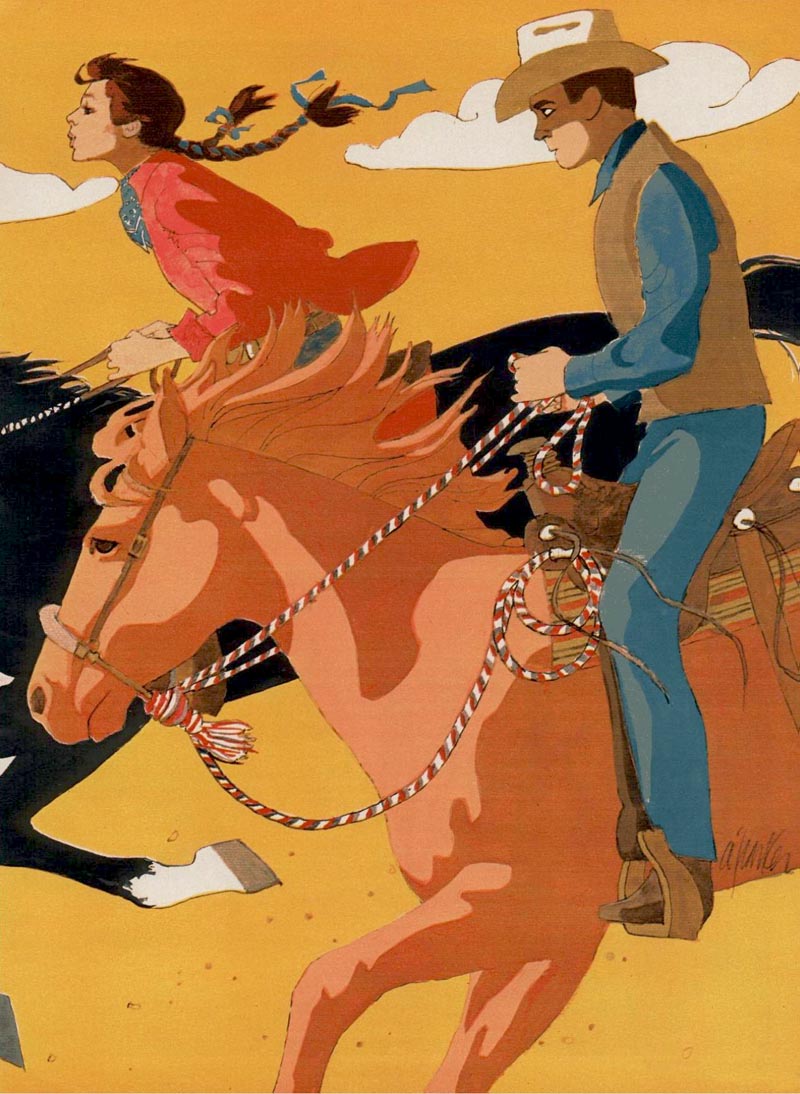
So what's my conclusion? I return to the top of this post where I described how employers from all areas of the graphic arts industries told us at Mohawk that they want to hire designers who can draw. Maybe illustrators need to remember that design is at the heart of every picture they make - and embrace the idea that, because they understanding how to design and how to draw they actually have the opportunity to lead the graphic arts back to the place Adrian Shaughnessy described in his Design Observer article:
"There was a time when graphic design and illustration were indivisible. Many of the great designers of the 20th century were also illustrators and moved effortlessly between image-making and typographic functionalism. Traditionally, most designers viewed illustration with reverence; many even regarded it as inherently superior to design. And with good reason: design was about the anonymous conveying of messages, while illustration was frequently about vivid displays of personal authorship."
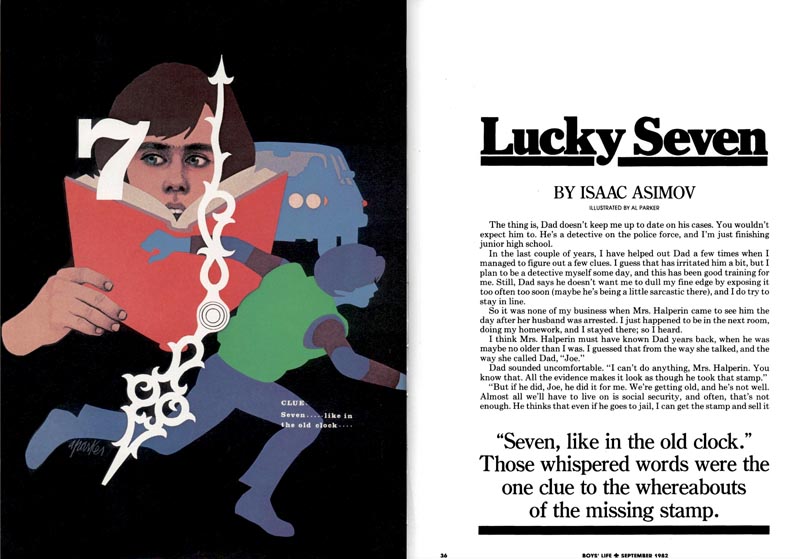
Maybe its time for the 'pure' illustrator to embrace a trend that began long ago with people like Ben Shahn, George Giusti and yes, even the artist whose work I chose to 'illustrate' today's post: Al Parker. In 2007 Barbara Bradley wrote a post about Al Parker for me where she said, "What a fascinating combination he was, a superb graphic designer and draftsman all in one." That, my 'pure' illustrator friends, is what i think we should all aspire to.
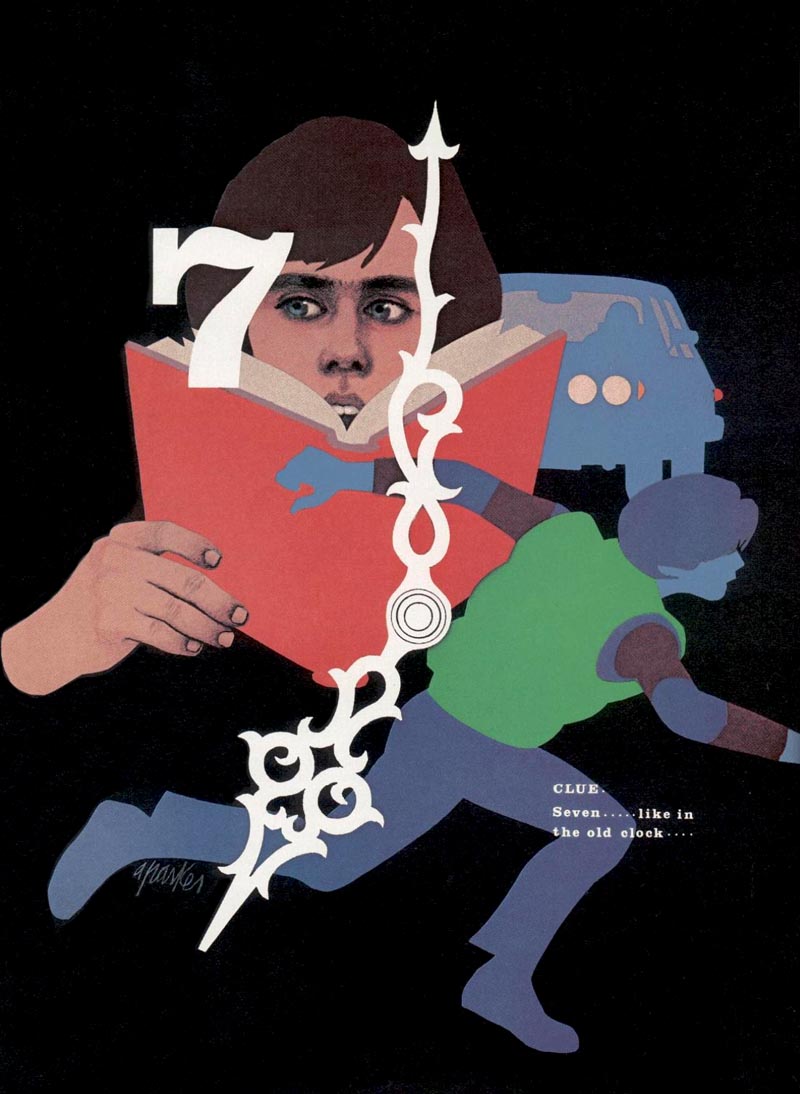
I'd love to hear your opinion on this. How are you finding today's marketplace? Are you succeeding as a 'pure' illustrator or are you, as my friend Von Glitchka calls himself, a 'drawsigner' ?
Without commenting on the broader ideas in your post I'll just answer the question you ask at the end, how do you survive. I survive by working with people who aren't hiring a wrist to do their bidding.
ReplyDeleteI hold that my skills are just that and I don't hire the out my body without my brain attached to it.
People who want to roam chameleon like through the work place aping whatever style is asked for by the AD can do so, but that’s not why I became an artist.
The times I've worked as an AD I've allowed the artist to solve the problem in their own way. I try to act as a bulldozer clearing a path for them not a steam roller flattening them if they don't do my every whim and bidding.
Real tough questions, dear Armand the Bulldozer/Steam Roller:
ReplyDeleteI'm at a loss:
Does your acronym "AD" refer to "Art Director" or "AD vertisement"?
Rich,
ReplyDeleteArt Director...
I've only worked as an advertisement once though if the economy stays bad for another couple of years you might see me here in VA wearing a sandwhich board and holding a tin cup.
Way back when I was always told by "professionals" that I had too many drawing styles and my lack of a "singular style" was a hindrance. Then again I made more as a union Ironworker than the feast or famine artist. Now I just paint what I want and take commissions as they come.
ReplyDeleteLeif, this subject has always been a point of interest and was even a necessity for me. As you know, I began my career in the early 60s' before the bottom dropped out of the print industry and illustration noticeably diminished from the public eye. I just wanted to do pure illustration, and didn't have a strong interest in the graphic design or the AD part of the industry. That changed due to necessity in the industry and personal decisions. It was primarily because I decided to make my career on the West Coast.
ReplyDeleteMy first job in a studio required that I wear many hats.. illustrator, graphic designer, AD, comp artist, paste up artist,production manager, photo stat and darkroom work and setting up displays and doing studio photo shoots. It was a valuable and necessary learning experience for 2 years. After that, I tried focusing on pure illustration for the ad agencies, magazines and the book publication industries, but found that there was much more opportunity if I solicited all my learned skills and not just illustration. That opened doors to projects and assignments that required the complete package.. AD, layout, design, production and I usually had control over choosing and doing the illustrations and graphic design renderings. Since different assignments required different illustration approaches, I was sometimes doing traditional realistic illustration and sometimes decorative or design oriented illustrations. Occasionally, I would do a logo design, which always came easy for me. The more hats I wore, the more experience I got, which opened more doors of opportunity. The bottom line was that it kept me busy and provided a steady income.
By the late 80s', most of the work that I and many other West Coast illustrators produced, was often not in the public eye, as mentioned in today's post. It consisted of concept development, comp layouts and illustrations for TV commercials, the movie industry and software development and illos for the electronics industry. But it required good drawing skills, good design skills and creative thinking that SOLVED PROBLEMS.
Many times I was told by AD clients in ad agencies, that computer skills were "a dime-a-dozen" coming out of art schools, but what they really wanted were people that could conceptualize and could DRAW!
Tom Watson
Armand; Its good to hear you're surviving and happy with your career choices. :^)
ReplyDeleteI'm a "drawsigner", or as Von Glitska coins it, an "illustrative designer". I am happy to enjoy, practice and teach in both disciplines. My degree is in illustration and I make my living as a graphic designer who draws, or and illustrator who designs.
ReplyDeleteWhen I was in school, everyone, no matter what their design discipline, studied drawing and painting as part of their visual foundation. But when it came to specialties and major focus, one was an illustrator or a designer, not both. Although there was a major known as "advertising illustration", it carried the stigma of being the dump where the less adept draftsmen were put.
The traditional elitism among illustrators is fading, I think, by necessity. They're not really separate disciplines, they're very much intertwined. I'm thinking of William Morris, JC Leyendecker, Maxfield Parrish, Howard Pyle - illustration's "Golden Age-ers" and the Arts and Crafts designers who both drew and designed as a blended discipline. One did not draw without designing the page and one did not design the page without drawing. We lost that understanding somewhere along the way.
Pure illustration should be able to exist in the realm of design. Design should embrace and integrate the created image.
Flatterland;
ReplyDeleteWhat do you think about the concept of using your creativity for design as well as painting? What I'm getting at (and I think Von is as well) is that there are many opportunities in the current market for creatives who embrace the idea that they are designer/illustrators (and perhaps art directors, etc. as Tom Watson describes in his comment).
The fact is that today it IS feast or famine for most illustrators... but it doesn't need to be. Some artists were showing us they way decades ago - others, like Von, are using that same formula to enjoy steady success today. I'd love to hear more from you on the subject. :^)
Tom; I thought of you when I wrote this because of course we've discussed your career before, and I thought it was an excellent example of what we're talking about. Thanks for your comment. :^)
ReplyDeleteThanks Alvalyn; great comment! I hope you'll have a look at that article I linked in my post, on designobserver.com. As an illustrator, I was taken aback by how removed many of the designer commenters were from illustration - like it was some quaint artifact they'd read about once in a book. This is something we need to turn around. Illustrators, imo, have largely made this bed for themselves. By embracing graphic design and taking up the role of being in charge of creative projects, we have an opportunity to really steer things back to that 'golden age' (or at least some modern version of it).
ReplyDeleteDrawsigner or maybe Graphillistrator?
ReplyDeleteThis is very interesting. Anyone in the business can tell you that available illustration work seemed to be cut in half a couple years back. I think a lot of illustrators are having to broaden their idea of what it is to be an illustrator. Self generated projects, illustrated product lines etc. seem to be more common. I also feel that a lot of editorial Art Director's have had power slowly stripped from them by their editors, which makes it more difficult to collaborate with them as an illustrator. They are also usually under insane timelines, workloads and budgets, so don't seem to have the time or desire to work with illustrators in creative new ways... play with type, contribute to design etc.
ReplyDeleteI've worked in situations (for years at a time) when it was clear that being able to draw or create an illustration was viewed as an unnecessary drag on the system. Just be quiet, design, and use clip art. Where/how does one find (create?)a position that values the "drawsigner"? As my mother would say, they seem scarce as hen's teeth. I know that people with a lifetime of experience read Leif's blog, and I hope someone can shed some light. Thanks.
ReplyDeleteIt's funny. On my illustration degree concept-art seemed almost unheard of by lecturers, like they didn't recognise it as their world (illustration). I always thought it was the one form of illustration that is undoubtably illustration. It has grown increasingly apparent to me that there are two types of illustrations. Those who draw (99.9% concept artists) and those who don't. (99.9% out of work). I'm exaggerating and being a bit of a dick, but you know what I mean.
ReplyDeleteIt seems to me that anyone who comes at something from a somewhat unique perspective, bringing in knowledge and skills from other areas, can be really successful. I know of an illustrator who predominantly makes puppets and costumes for theatre and plenty of illustrators who are now more what you'd call designers. It make me wonder if illustration today is just a field of misfits. I certainly took illustration because I didn't want to do graphics or fine art, and it seemed like the "best of both". Not sure if my choice was a good one in retrospect. Illustration seems like a lazy alternative in many ways. Lacking skills from the other two and meandering along trying to find its place.
Wonderful post - a frequent topic of conversation that I've shared with many in undergrad and in my young professional career.
ReplyDeleteI've changed my title many times now, sticking mainly with Illustrative Designer - would love to think of a nice little word that sounded just right.
Thanks for sharing!
Just wondering,what title do the artists use when they file their tax forms?
ReplyDeleteI learned to draw well since that was what I wanted to do from the beginning. All my art heroes were superior draughtsmen and illustrators. I wanted to draw like them before I knew what I wanted to do with that skill. When I say "like them" it wasn't to ape their style, but to draw well as they drew well. Find what was it that made them good, and learn that.
ReplyDeleteAll those artists were excellent designers as well, but my awareness of that came later. Good design is fundamental for good illustration. Good draughtmanship? Maybe, if the job calls for it, which is rare. I tried to squeeze it in whenever I could.
Drawsigner or Signdrawer:
ReplyDeleteThe signs of our times are inter-disciplinary.
(Crossreference-wise, imo;-)
@Steve Fastner: The first time I met with a fellow to help fill out my taxes, he asked what he should put down as "occupation."
ReplyDelete"Artist," I responded proudly.
He shook his head, saying he couldn't use that. Not descriptive enough I guess, at least not for his approval.
"Illustrator?" He made a frown. "Graphic Designer?" He nodded and used that since I guess it sounded familiar to him; something he'd seen appear in the classifieds. Some time later I expanded that to Graphic Artist and haven't had any complaints.
Great post, Leif. I tend to consider the best illustrations to be well-designed, and my drawing skills always inform my design decisions. I see you're from Hamilton. I used to be in a band from North Carolina that was signed to Hamilton record label Sonic Unyon. We played a show on top of your local shopping mall once! Ahh, the Hammer.
ReplyDeleteDefinitely a drawsigner. All the best designers drew, and all the best illustrators designed. Drawing is still the best tool for learning how to observe, interpret, and visually translate the world around us - whether you are an illustrator, graphic designer, art director, fine artist, interactive designer, animator, film maker etc ad infinitum
ReplyDeleteAnother note: a designer's brain and it's unique ability to problem solve are essential. However, it is only part of the equation. Visual art is a VISUAL language, and drawing is still the most direct way to translate thoughts, work out ideas, and solve problems. From head, to heart, to hand...
Every job I've gotten has come down to the fact I can draw. It's such a huge advantage in an industry flooded with designers. Drawing is the easiest way you can show that you've got something others don't.
ReplyDeleteAnd having an angle like that is vital.
We make our own career choices. The only difference is that are we gonna survive it as happy as day one?
ReplyDeleteI contend that drawing skill is second to having a distinct vision.To convey ideas effectively in visual form is more important than having an ability to draw accurately- and I say this as someone with reasonable drawing skills.The drawing is a means to an end in illustration. In fine art, comics and storyboarding there's a different rationale, but illustrators need to think of themselves first and foremost as visual communicators, it is this coception that unites two very different talents as,say, Syd Mead and Ben Shahn.
ReplyDeleteIn my opinion Remo's right - there's something about drawing skills versus a distinct Vision.
ReplyDeleteAnother can of worms;-)
Hey Leif
ReplyDeleteDon't know how I missed this article until today. I was just talking to my SVA illustration teacher, Sam Martine, yesterday about this very subject, though he was lamenting the fact that so few artist incorporate design into their work than the fact that most designers can't draw. Great seeing you on video and GREAT POST. Hope you don't mind that I linked to it.
Alex
P.S. I work at Winterhouse and did a little work on Design Observer.
Also--You should change your blogger favicon to your lil' smoking devil.
I really thank you for the valuable info on this great subject and look forward to more great posts. Thanks a lot for enjoying this beauty article with me. I am appreciating it very much! Looking forward to another great article. Good luck to the author! All the best! Web Designer
ReplyDeleteUser research is a thorough and iterative process undertaken to understand users’ inherent and unspoken needs, behaviours, motivation and expectations.Read more
ReplyDeleteNice article. really it will help me a lot.
ReplyDeleteIf you have dipped your feet into the UX Design, you’d know that everything requires time and a lot of planning. Nothing ever goes without a well laid down plan which is revised over a million times. And for obvious reasons, you must have the right head start, something you can fall back on even if you get distracted in between. It would help if you had a well-laid down brick that can hold everything together and flexible enough to make changes.
ReplyDeleteAs you get deeper in the field, you’d understand that the entire website’s creation is very time-bound. You have deadlines and the client expectations to meet with each website or mobile application that you create. More often than not, you’d have clients who have no idea about the UX design field, and you’d need to explain them in simple terms. While this can be a considerable challenge, the right tool can make all of it a thousand times easier.
I Really enjoyed this post!! Check out this Post of Low Fidelity vs High Fidelity Wireframes: A Guide